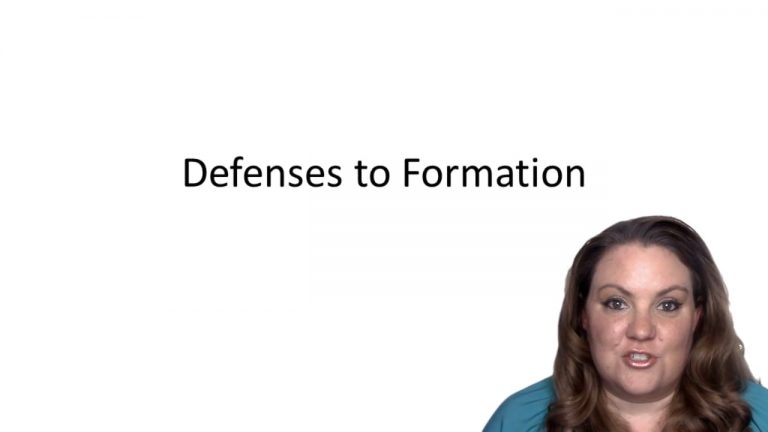SmartBrief
Confirm favorite deletion?
Contracts Keyed to Whaley
Stirlen v. Supercuts
Citation:
California Court of Appeals, 1997. 60 Cal. Rptr.2d 138.Facts
William Stirlen (Plaintiff) was employed by Supercuts, Inc. (Defendant) as its vice president and chief financial officer. His employment contract contained an arbitration clause. The contract required employees to submit all disputes to arbitration and limited all remedies available to them to breach of contract damages only. The contract permitted defendant, on the other hand, to sue in court and did not limit its remedies. President and CEO David Lipson told plantiff he was a “troublemaker” after he informed the company’s executives of accounting irregularities that possibly violated state and federal regulations, as well as operating problems he believed contributed to defendant’s decline. Lipson made it clear that if plaintiff did not change his position on these issues, he would “no longer be considered a member of the team.” Plaintiff did not change his position. Subsequently, Lipson terminated plaintiff’s employment contract.
Only StudyBuddy Pro offers the complete Case Brief Anatomy*
Access the most important case brief elements for optimal case understanding.
*Case Brief Anatomy includes: Brief Prologue, Complete Case Brief, Brief Epilogue
- The Brief Prologue provides necessary case brief introductory information and includes:
Topic:
Identifies the topic of law and where this case fits within your course outline.Parties:
Identifies the cast of characters involved in the case.Procedural Posture & History:
Shares the case history with how lower courts have ruled on the matter.Case Key Terms, Acts, Doctrines, etc.:
A case specific Legal Term Dictionary.Case Doctrines, Acts, Statutes, Amendments and Treatises:
Identifies and Defines Legal Authority used in this case.
- The Case Brief is the complete case summarized and authored in the traditional Law School I.R.A.C. format. The Pro case brief includes:
Brief Facts:
A Synopsis of the Facts of the case.Rule of Law:
Identifies the Legal Principle the Court used in deciding the case.Facts:
What are the factual circumstances that gave rise to the civil or criminal case? What is the relationship of the Parties that are involved in the case.Issue(s):
Lists the Questions of Law that are raised by the Facts of the case.Holding:
Shares the Court's answer to the legal questions raised in the issue.Concurring / Dissenting Opinions:
Includes valuable concurring or dissenting opinions and their key points.Reasoning and Analysis:
Identifies the chain of argument(s) which led the judges to rule as they did.
- The Brief Prologue closes the case brief with important forward-looking discussion and includes:
Policy:
Identifies the Policy if any that has been established by the case.Court Direction:
Shares where the Court went from here for this case.
Topic Resources

 6m 28s
6m 28s